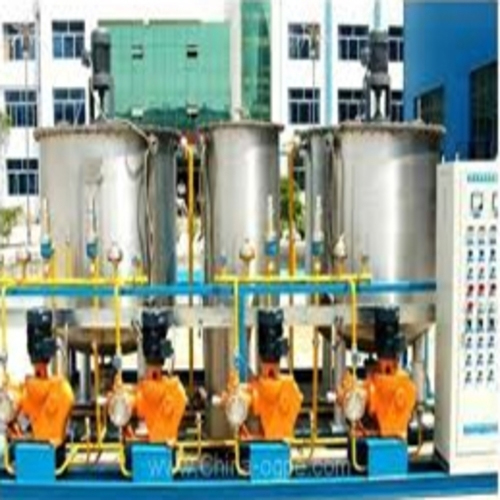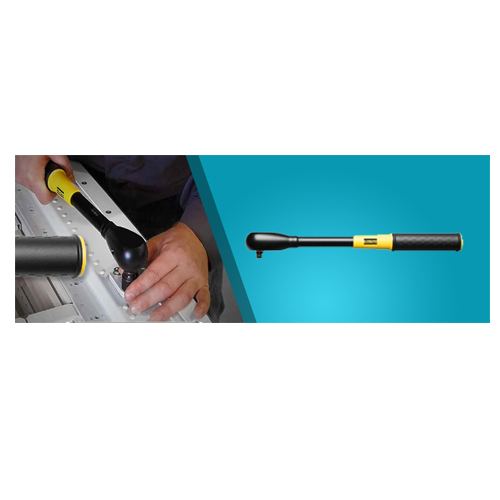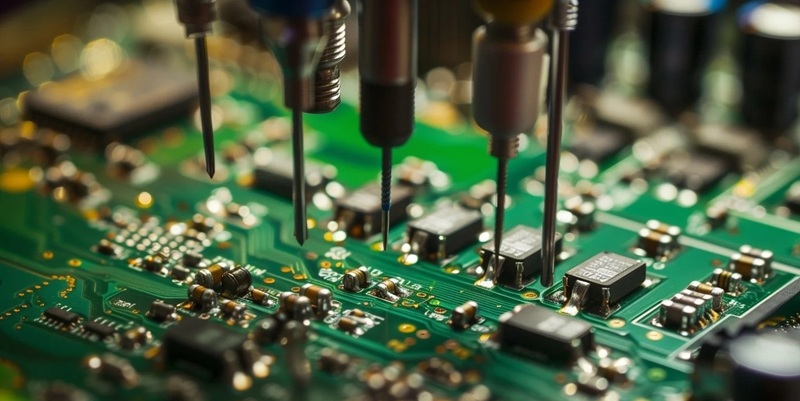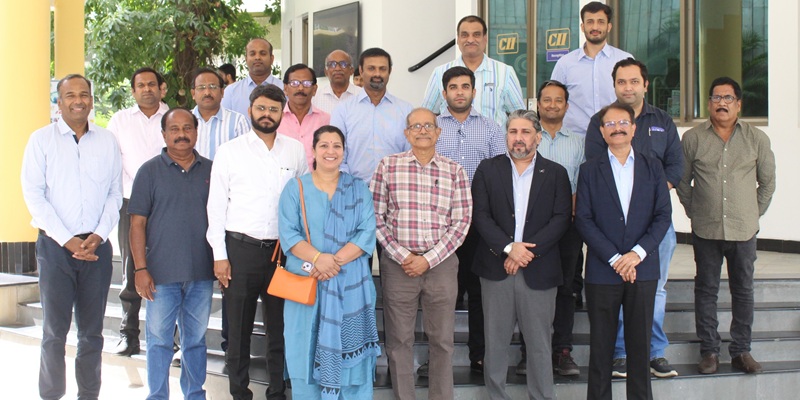Schedule a Call Back
Granulator - a Machine that Promises Greener Earth
 Technical Articles
Technical Articles- Nov 07,12

Plastic usage is an explosive topic, no pun intended. One practically supports the use of plastics while theoretically opposing it, or its environmental impact. Even those vociferous in their opposition to the ever-growing usage of plastics cannot really afford to shun this wonder material as from invasive surgical implants to exploring spaceships, plastics have invaded the universe, once again no pun intended. Paper bags are great but they help only to a certain extent. Dry food products and milk products rely heavily on plastics. Glass containers are no longer appealing to many housewives however healthy the idea might sound, nor are these likely to find favour with the logistics guys. The war between fragile and unbreakable is simply too one sided to even merit a comparison.
Since it is proven that plastics do not decompose and no one wants to stop using them, the world has resolved to slowdown plastic production and discourages fresh manufacture by recycling old ones as far as possible. For the past few decades the best brains across the globe have been engaged in troubleshooting the plastic decomposition problem. Options of recycling plastics have been worked out and one of the feasible ideas happens to be the granulation of plastics.
Granulation is one of the three types of assimilating or pulverising plastic, the other two being shredding and ringing. Granulation gains a winning edge of the three because it facilitates moulding in a better way. Granules being of uniform size are easier to handle when plastic is remoulded.
Granulation is done to any material where there is a need to reduce the fine powders on the surface and increase the bulk density. Granulation is done in instances such as tackling dust in solids with low bulk density and situations where one needs to process heterogeneous materials with different particle sizes.
Granulation plays an important role in plastic processing. One could also say that the size reduction equipment has gone through several developments due to its use in plastic processing. Granulation and shredding, as anyone connected with the process knows, is very important in injection moulding process of tyres, large purgings, destroying documents and medical waste and extruding scrap from thermoforming, film and blow moulding processes.
Granulation is a process that resembles shredding, but actually is something different. The plastic components are cut to irregular shapes of 10 to 12 mm diameter, which could be better termed as reground or regrinding rather than shredding. As against shredding, the size of reground particles could be controlled in granulation which facilitates the heat based processes that follow.
In plastic granulation, feeding ought to be easier and user friendly. The bed knife should also cut plastics in a uniform manner. Such uniform assimilation gives better granules that are more feasible for reprocessing. Dust reduction is an important aspect and main function of plastic granulation. For optimum results or better dust reduction, the rotor alignment of the granulator should be precise. Such precise rotor alignment gives accurate cutting and your job is half done.
Feeding and discharging are other important aspects of granulation. If a granulator could handle different materials with varying thicknesses, then it is considered to be versatile and valuable. Granulators give 7 x 9 to 24 x 63 mm sized particles. In regrinding process, the shredded particles are dry blended with similar grade virgin material, with the help of the moulder.
Many patent papers have been submitted in the United States and Europe, which hope to enhance plastic granulation and remoulding. One of them, by David J. Lark of the United States, is instanced below.
David J. Lark in his patent application dated October 12, 2004 and paper titled 'Process for recycling waste plastics' has some interesting ideas. According to what he proposes, plastic is recycled by providing a common di-electric property to the plastic material and treating the material with microwave energy. First the plastic material is reduced to the desired size. A susceptor agent gives dielectric property, which is followed by introduction of bonding agent, and the plastic is microwave treated to get useable plastic material. Vacuum is applied to coated plastic material in microwave treatment to remove harmful vapours, if any. Otherwise vacuum is not prominent in this method. The process is suitable for mixed and unsorted plastics.
Granulators must also be entrusted to trained and careful hands. There is no point having an excellent granulator with an average or careless person handling it. Such carelessness would result in poor productivity and high-energy consumption. Let's check the common mistakes that one comes across while handling granulators.
Misuse of granulators pertains to all the granulator related mistakes that we might do. For instance, one may choose a granulator that is totally unsuitable for the job or over-feed the granulator or still worse, employ a granulator with poor knife design. Mere horsepower and throat size specifications are not enough to get the right granulator. You might end up with products floating through the rotor and wasting energy besides giving moulds of poor regrind quality.
It is wise to choose modular granulators with which one could configure machine components in such a way that it meets individual requirements. Feeding methods such as manual, conveyor, robot, roll feeding and relief heads should be considered. Description of the plastic particle whether it is bottle, runner or sheet, particle size, granulator capacity and final particle size ought to be considered. A granulator may be designed for a different requirement and the probable buyer's requirement may be different. Therefore the granulator purchase cannot be hurried at.
Another common mistake most granulator users do is to tax the capacity or final limits of the granulator, thus making the instrument obsolete. If a granulator has 2000 lb per hour capacity, which translates to 33 lb per minute, the user is not supposed to feed 100 lb material. Never. Rather, smaller amounts could be regularly fed. Overfeeding reduces productivity and should be avoided to the maximum.

Overfeeding also reduces airflow in the fully occupied cutting chamber and this makes evacuation close to impossible. The knives tend to get blunt easier when the fed material stays in the rotor. If a material that is fed sits on the rotor waiting to be ingested, the user is in trouble. At the same time, if a granulator is idle or if the rotor spins with less feed than that prescribed, the energy efficiency decreases. Automatic meter feed and alarms would be more useful for better use of the granulators. Certain high level alarms help the user to detect and avoid evacuation problems.
Knife design is another important aspect of granulators. Lower throughput is an important woe caused by poor knife design. The plastic input bounces inside the granulator for a long period before getting ingested. In such instances one could observe the high energy consumption and slow and low output quantity, which is not affordable in a energy scarce country like India.
Poor scissor design, improper rotor design, non-optimised knife location, poor knife speeds are other follies that the user might make in a granulator. Features such as adjustable rotating knives are the best bet. These perfectly sharpened knives are bolted to the rotor and are kept in proper gap from fixed knives. Dull knives and improper gap between knives result in dust. The importance of knives should be duly recognised while choosing and installing the granulator machine.
Materials such as 1.2379(D2), 1.2362(A8), high speed steel, vasco wear and tungsten carbide machined on CNC machines, are used to make plastic granulating knives. Numerous cutting edge options such as radial, steep angle, reverse bevel and hooked quick set-up are available in these knives. Such cutting edge technology assures accuracy and high-level tolerance of dimensions. Some of them boast tolerances up to 0.002 mm.
Granulators should also be easy to maintain. The latest granulators are highly optimised since the manufacturers are aware of the soaring material costs and shrinking maintenance budgets. Safety switches, power-assisted tilt-back hoppers, rotor locking devices, and easily accessible and removable screen cradles and screens are important parts of the latest granulators. That is not the end and granulators are subjected to more innovations, so that their use is optimised.
(Photographs used are for illustrative purpose only)
Related Products

Ozone System
Omnicorp Environs & Infratech Co offers a wide range of ozone systems.

SWR ’Slipping’ Wrenches
Reliable
Trade Links offers a wide range of SWR ’slipping’ wrenches.

Gripping Systems – Rgg
Schunk Intec India Pvt Ltd offers a wide range of Gripping Systems – RGG - cleaning
device with shank interface.















